Speaking of the largest and heaviest animal on Earth, everyone must know that it is the blue whale. It is generally 22-33 meters long and weighs 150-180 tons. So, is there an animal that is larger and heavier than the blue whale? Yes, at least it has existed on Earth.

Figure 1 Schematic diagram of ancient whales
The above picture shows the ancient whale (Perucetus colossus), its weight may have surpassed the blue whale, becoming the heaviest animal known on Earth so far, and its weight may be as high as 340 tons.
In order to have a preliminary understanding of the large animals that exist on Earth, have existed in the past and are now extinct, and to deepen the impression of the extinct large ancient whale introduced above, let's first compare the large animals that exist and have existed on Earth, including mammals, reptiles, fish, etc.
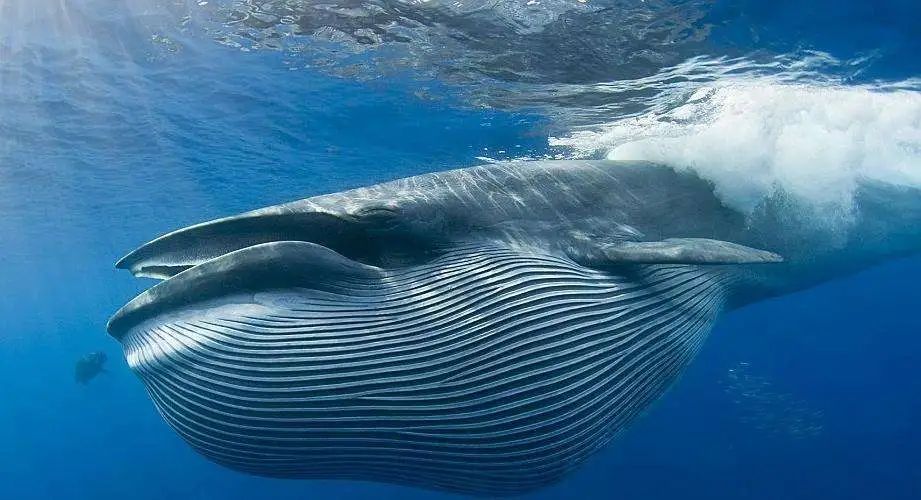
Body length can reach 8. 23 meters, shoulder height can reach 5. 28 meters, height can reach 3 to 9 meters, weight can reach 3 to 20 tons. Living in the Oligocene-Early Miocene.
Jian Ge has already introduced the giant rhinoceros in the article "Those former masters of the earth". If you are interested, you can click to have a look.
It is about 4.5 meters tall, with incisors 2.5 meters long and weighing up to 15 tons. It lived from 1.8 million to 10,000 years ago.
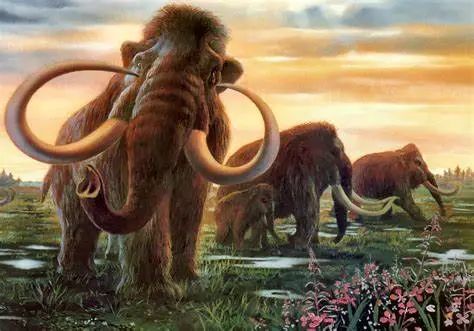
Figure 3 Mammoth
Ancestor of mammoth. Body length can reach 9 meters, body height 4~5 meters, weight 10 tons. Lived 12 million to 1 million years ago.
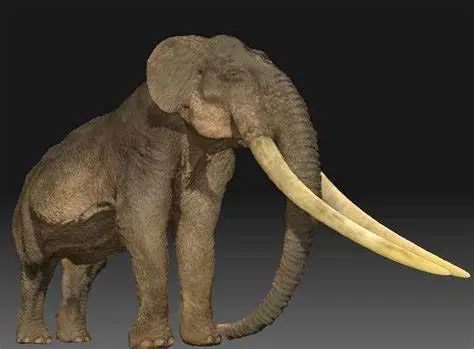
Figure 4 Saber-toothed elephant
About 8 to 10 meters long and weighing 4 to 6 tons. It eventually became extinct in 1768 due to mass hunting by humans.
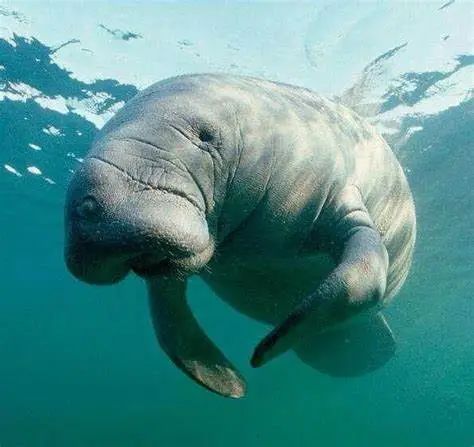
Figure 5 Manatee
Next, let's look at large reptiles, which are also prehistoric animals that we pay more attention to.
New Zealand's largest ichthyosaur, or the largest animal ever, is a marine reptile. 24.5~38.6 meters long and weighed 311 tons. It lived in the Late Triassic (230 million years ago-200 million years ago).
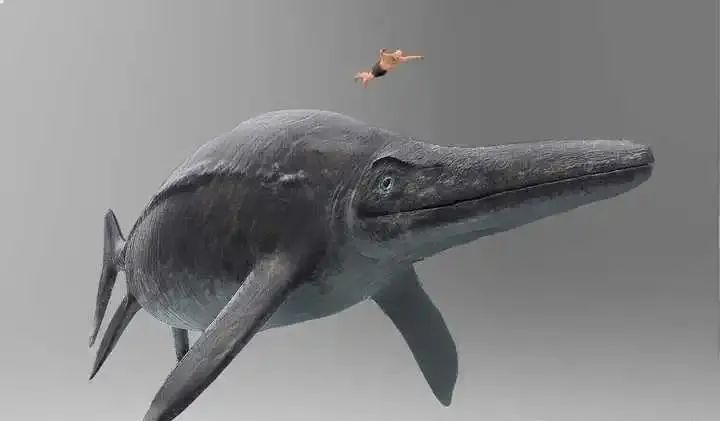
Figure 6 New Zealand Ichthyosaur
2.Tyrannosaurus is the largest carnivorous dinosaur, with a body length of 11.5~14.7 meters, a hip height of 4.2~5.2 meters, and a weight of 8~14.85 tons. Lived in the late Cretaceous period (68-65 million years ago).
3. Spinosaurus is the longest carnivorous dinosaur, with a body length of 11-15 meters and a weight of 4-10 tons. Lived in the Cretaceous period (112 million years ago-93 million years ago).
4. Argentinosaurus is one of the largest land dinosaurs, with a height of 12 meters, a body length of about 35-43 meters, and a weight of 60-124 tons. Lived in the Cretaceous period (100 million years ago-93 million years ago).
5.Giant Ruyangosaurus is one of the largest dinosaurs, with a body length of 38.1 meters, a body width of 3.3 meters, a neck length of 17 meters, and a weight of up to 130 tons.
6.Diplodocus fragilis, may be the longest and heaviest dinosaur in history, with a body length of 60-80 meters, a hip height of 10 meters, a head height of between 14 and 15 meters, and a maximum weight of 220 tons.
7.Hoffmann's Mosasaur, the largest top predator in the Mesozoic ocean, with a body length of 10-17.3 meters and a weight of 16 tons. It lived in the middle and late Cretaceous period (98 million to 66 million years ago).
As for large fish, we introduce the whale shark, which is the largest fish in the world, with a body length of 9 to 20 meters and a weight of 12.5 tons. Due to large-scale hunting, the number has dropped sharply.
Through the above introduction of large animals, we can see that so far, whether it is existing or extinct, among mammals, the largest land animal is the giant rhinoceros, the largest marine animal is the blue whale; the largest reptile is the New Zealand giant ichthyosaur; and the fish should be the whale shark.
The weight of these animals is all in the tonnage level, but please note that Jian Ge has been saying "so far", and there may be new discoveries in the future to refresh the current record.
Now, a new record has been born again. Let's go back to the ancient whale fossils mentioned at the beginning of this article. A recent discovery broke the previous record. A newly discovered ancient whale may have weighed more than a modern blue whale, according to vertebrae and rib fossils from the animal, researchers reported in the journal Nature in February 2023. If so, the extinct whale would be the heaviest animal known to have existed on Earth.
The behemoth, named Perucetus colossus, is about 390,000 years old and is a cetacean. Its bones are so large that researchers estimate that its skeleton alone may weigh 5 to 7 tons, 2 to 3 times the weight of a modern 25-meter-long blue whale skeleton.
The fossils were found in southern Peru, with a total of 100 vertebrae unearthed, each weighing more than 100 kilograms, heavier than a small elephant.

Figure 7 Researchers hoist fossil vertebrae of ancient whales
A vertebrae of Perucetus colossus required several people to transport from its origin in Ica Province in southern Peru.
Overall, P. colossus probably weighed between 85 and 340 tons, while blue whales weigh 150-180 tons. If the average weight of P. colossus is taken, it is at least comparable to the typical weight of blue whales, and if the maximum weight is taken, it is far more than that of blue whales. The maximum weight is equivalent to 8 medium-sized passenger planes. However, it is difficult to determine the true weight of an animal from fossils alone, because it also depends on the distribution and density of the soft tissues of the organism.
Because the fossil specimens found now are incomplete, some scientists wonder if this behemoth could have reached the upper limit of this weight range? Paleontologist Nicholas Pyenson said that without a skull fossil, it is difficult to know what it would eat to maintain such a huge body size. He hopes that the team can find a more complete whale specimen to better understand how it maintains its heavyweight status.
animal tags:
We created this article in conjunction with AI technology, then made sure it was fact-checked and edited by a Animals Top editor.